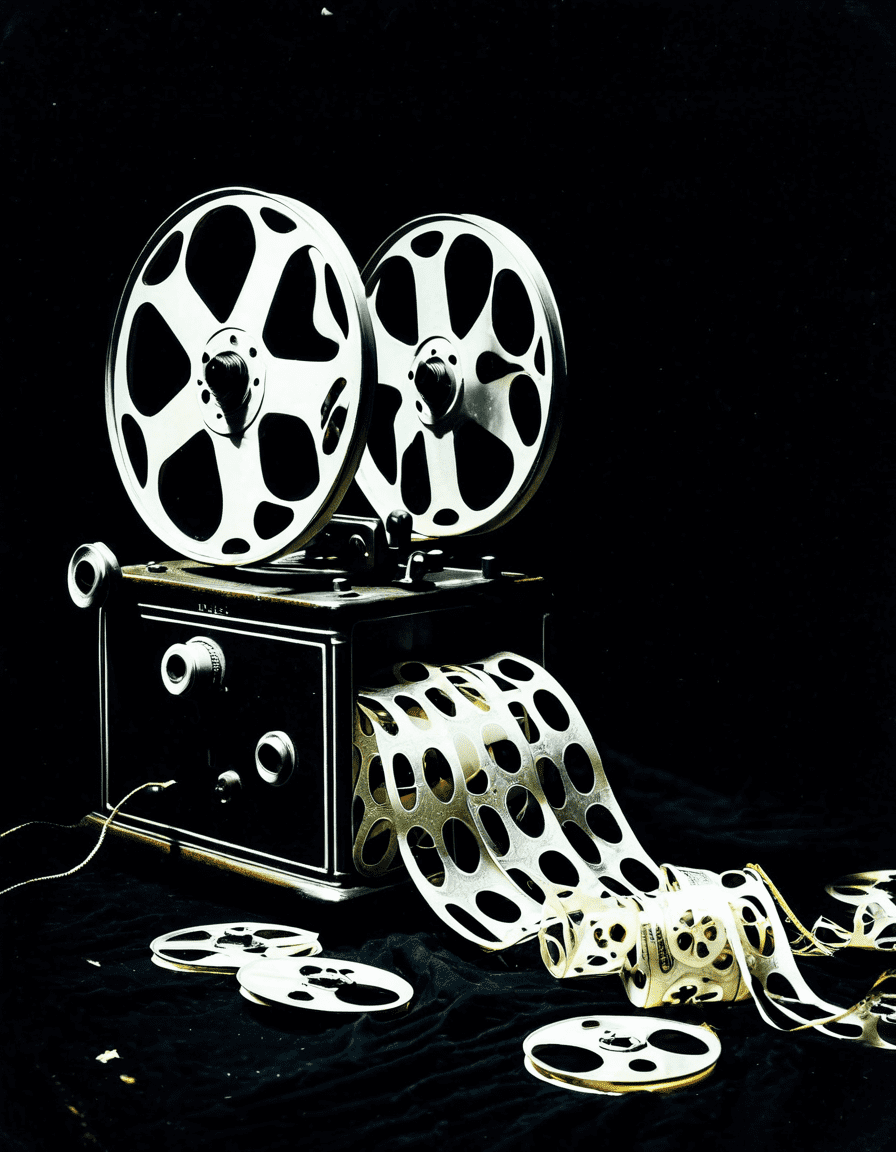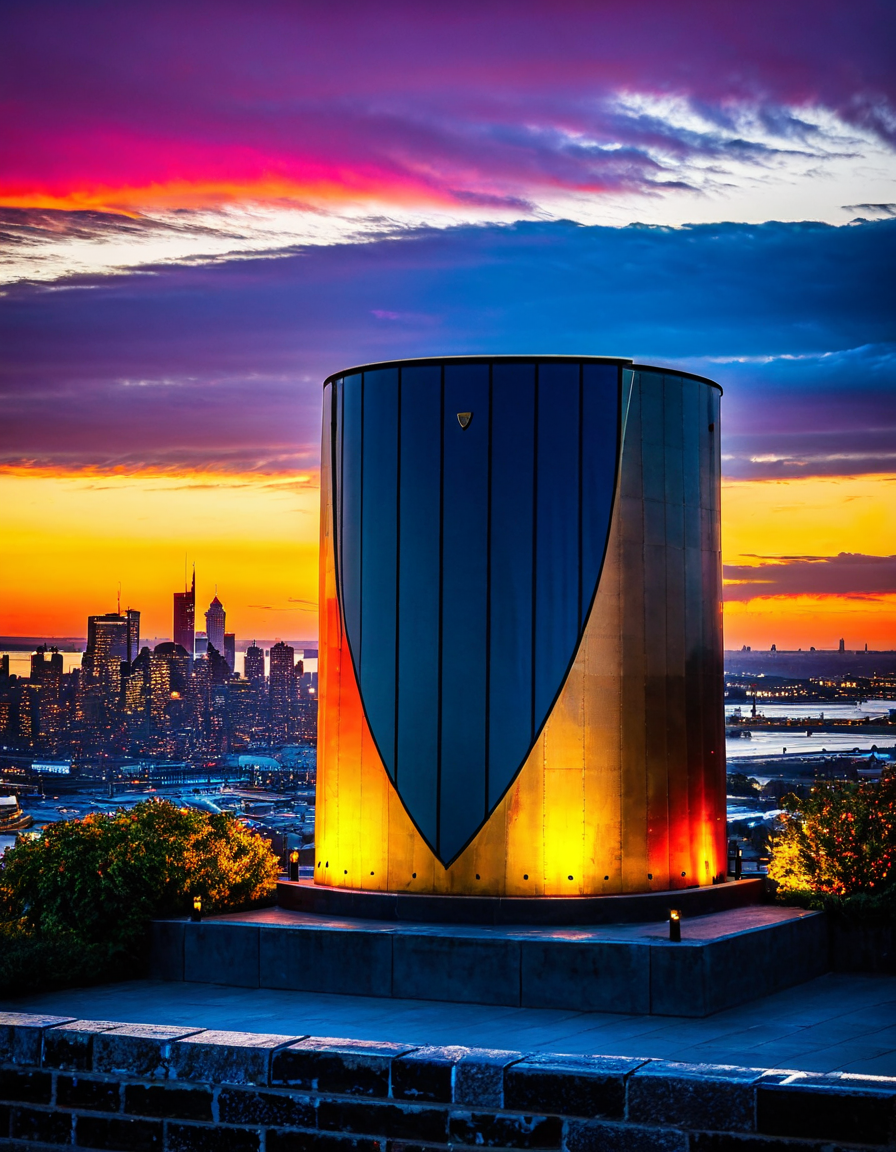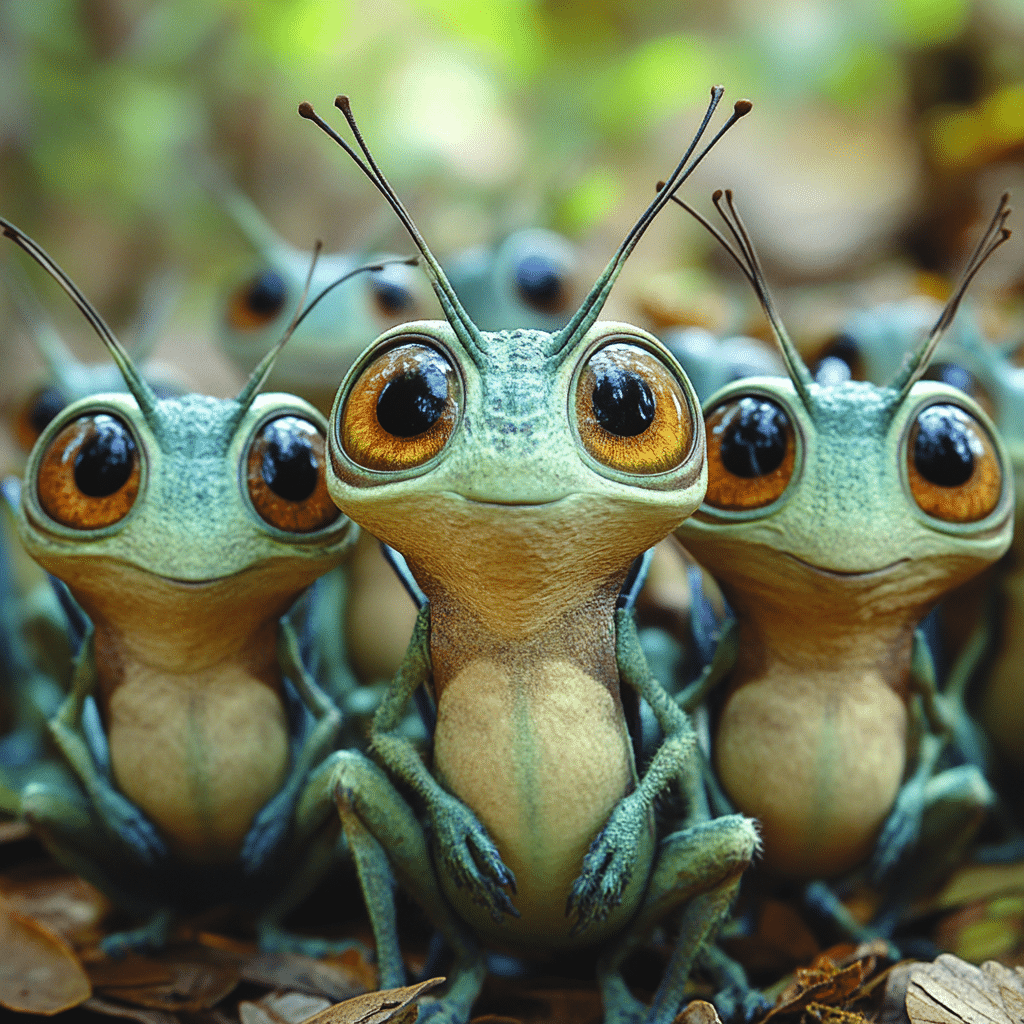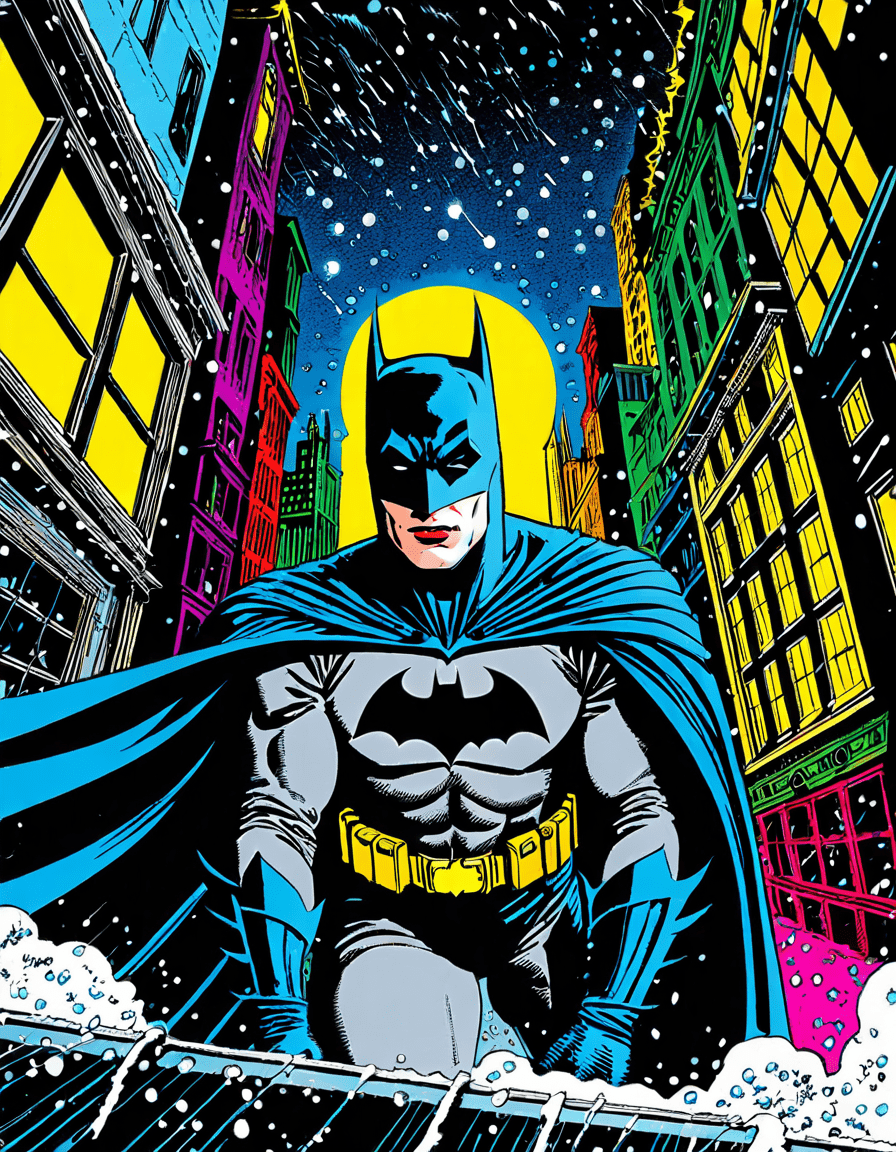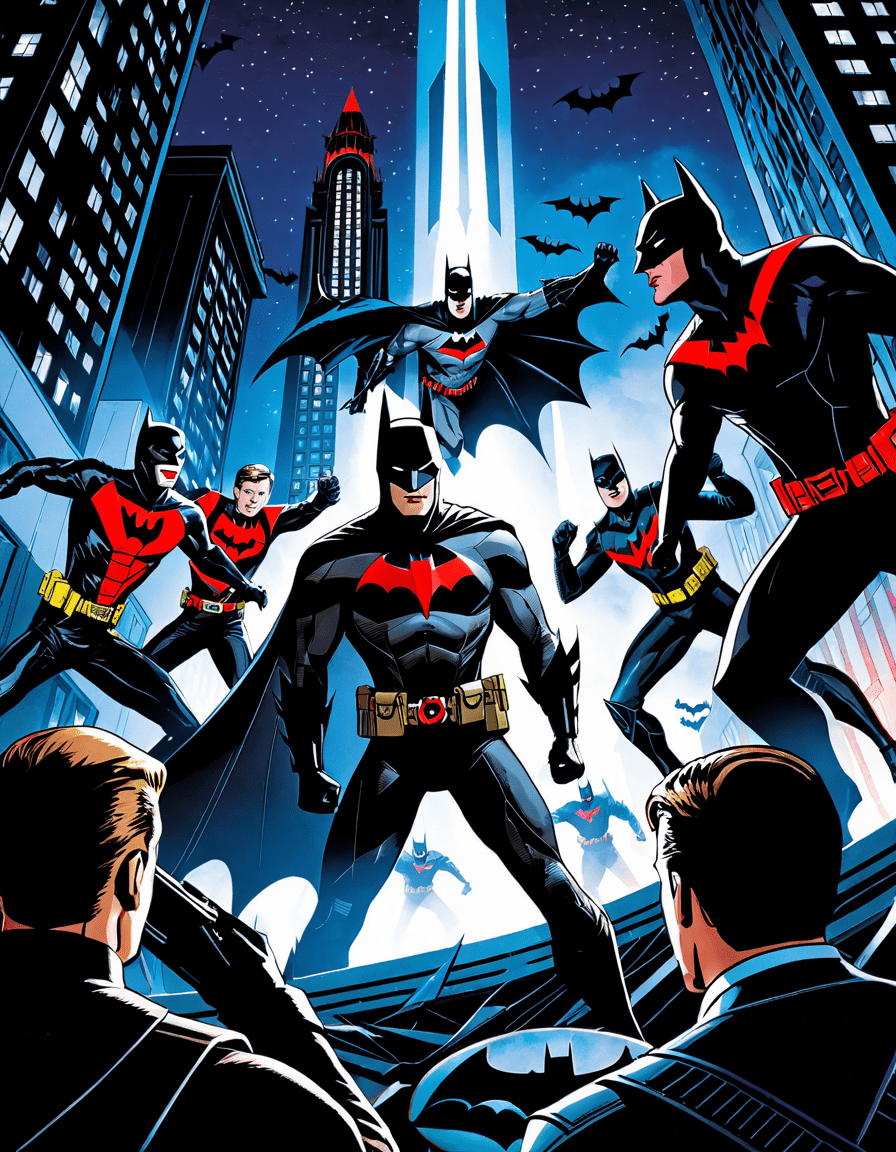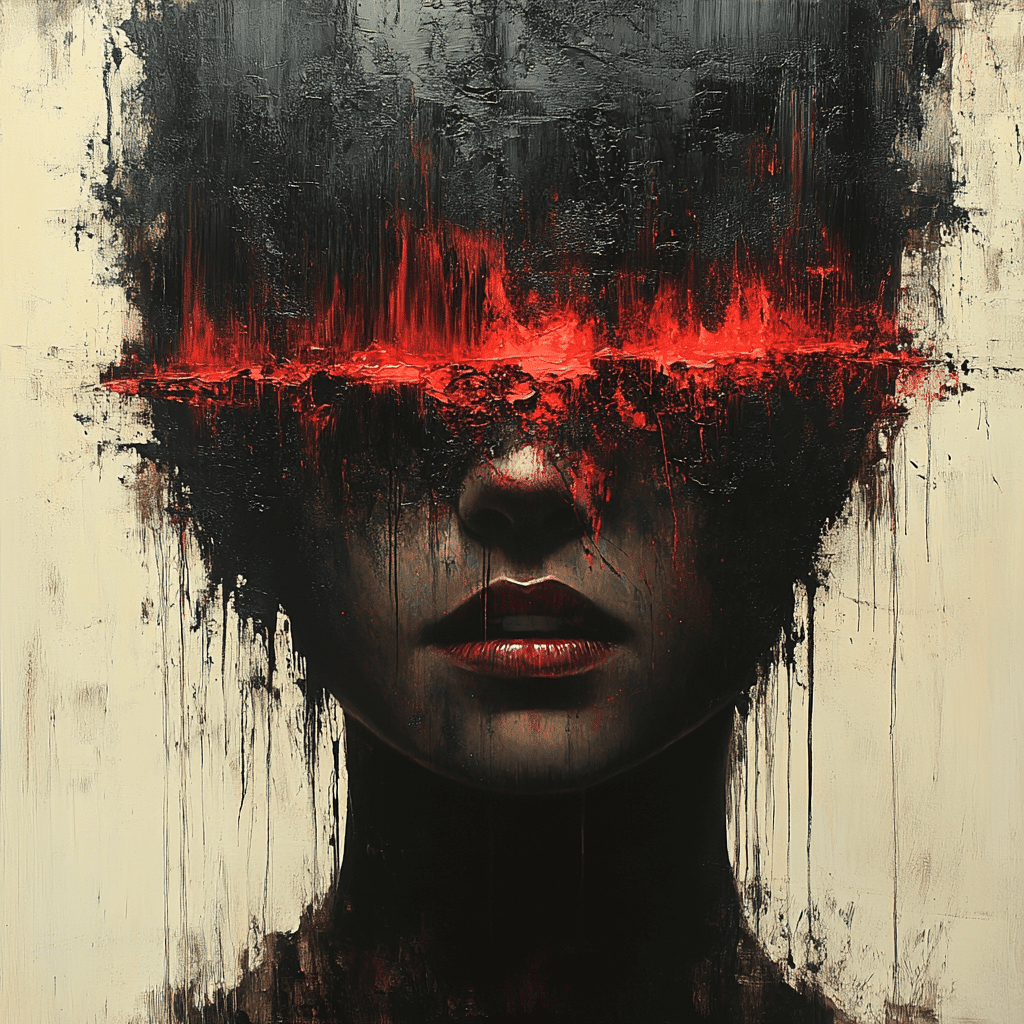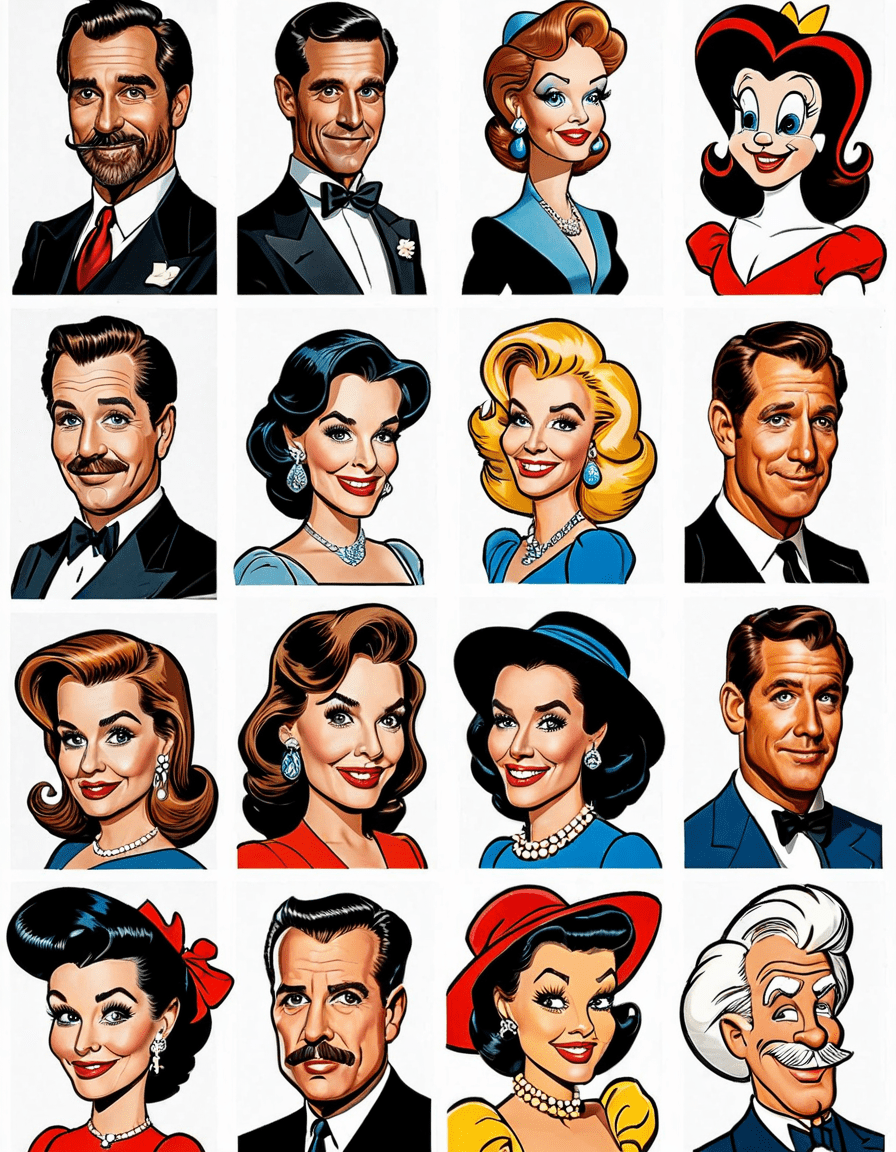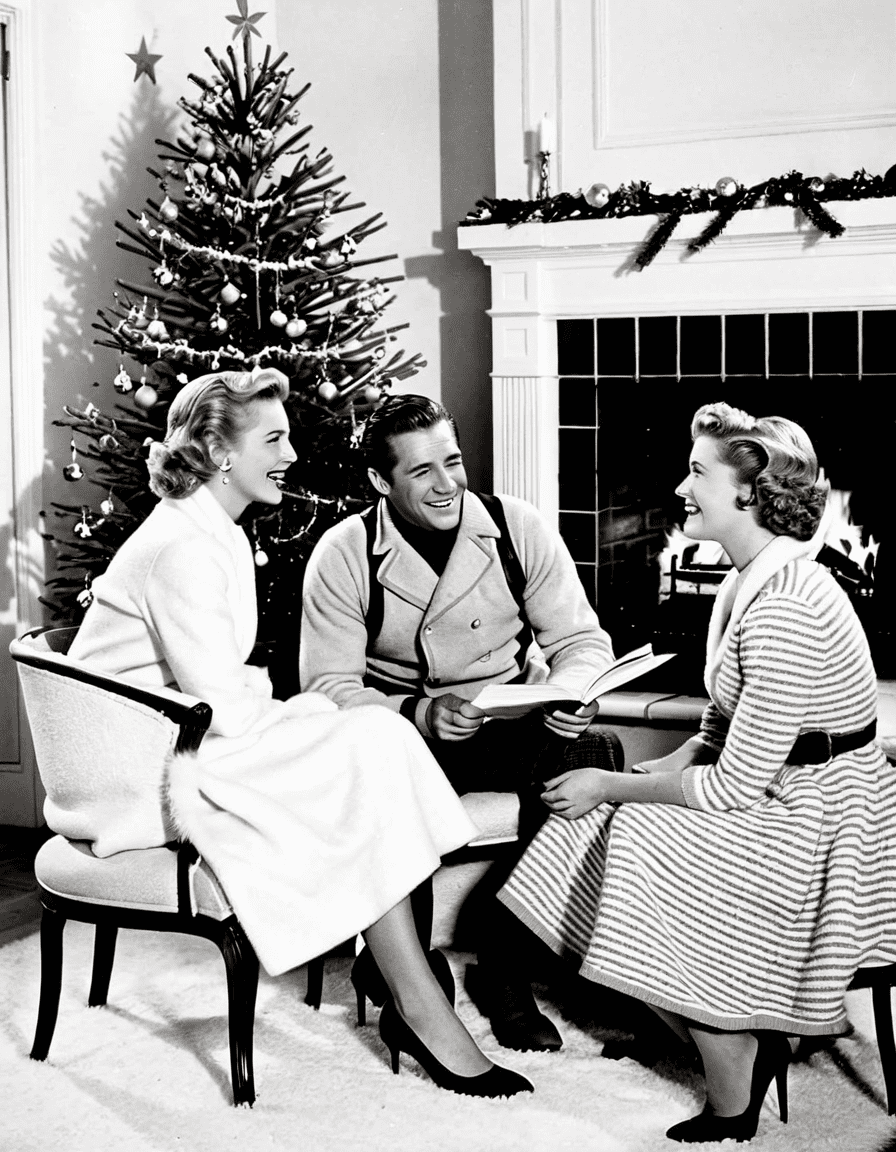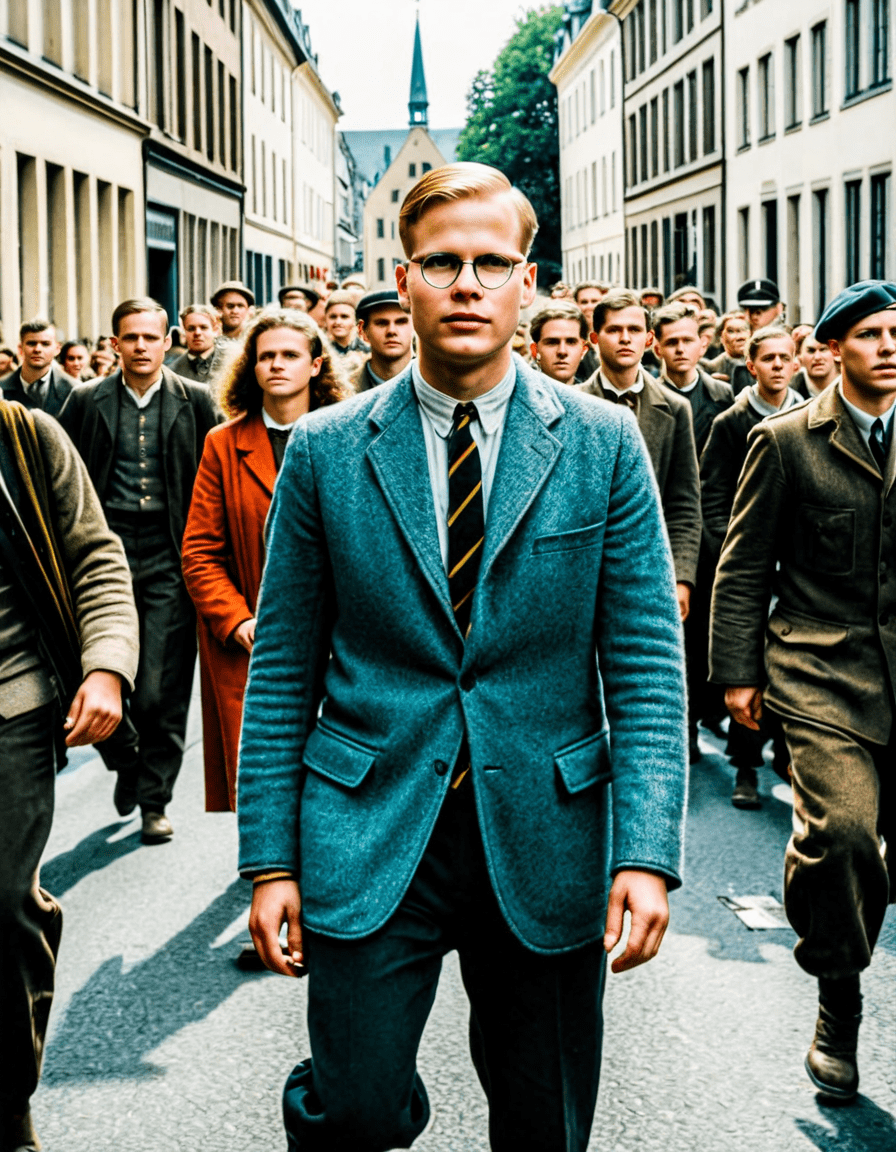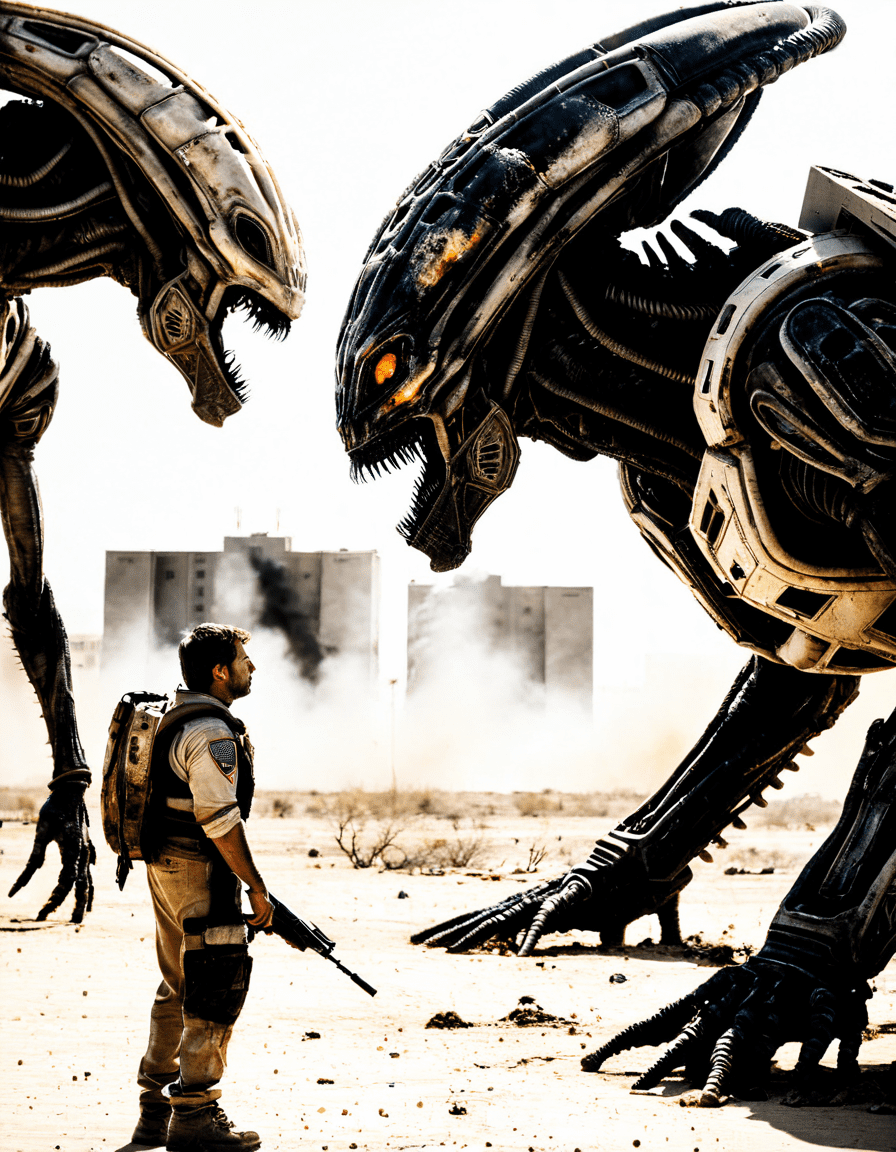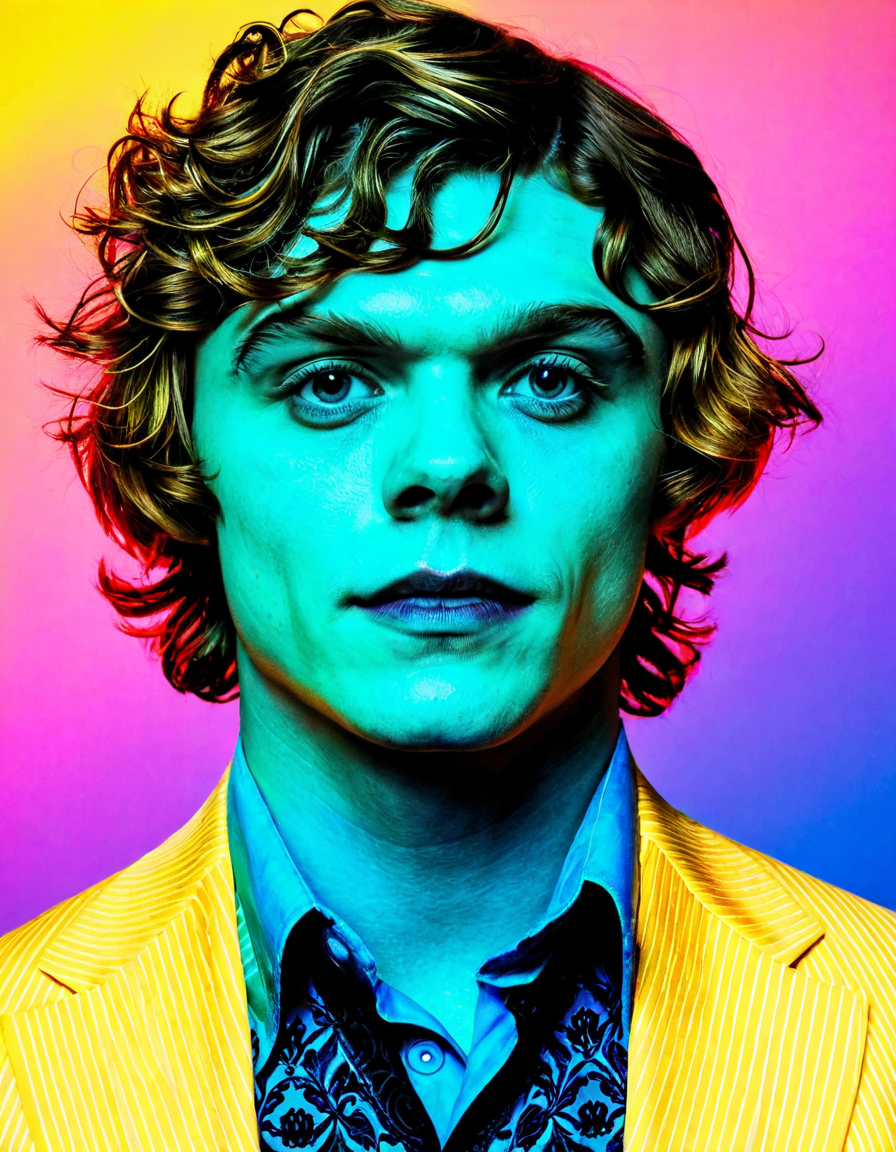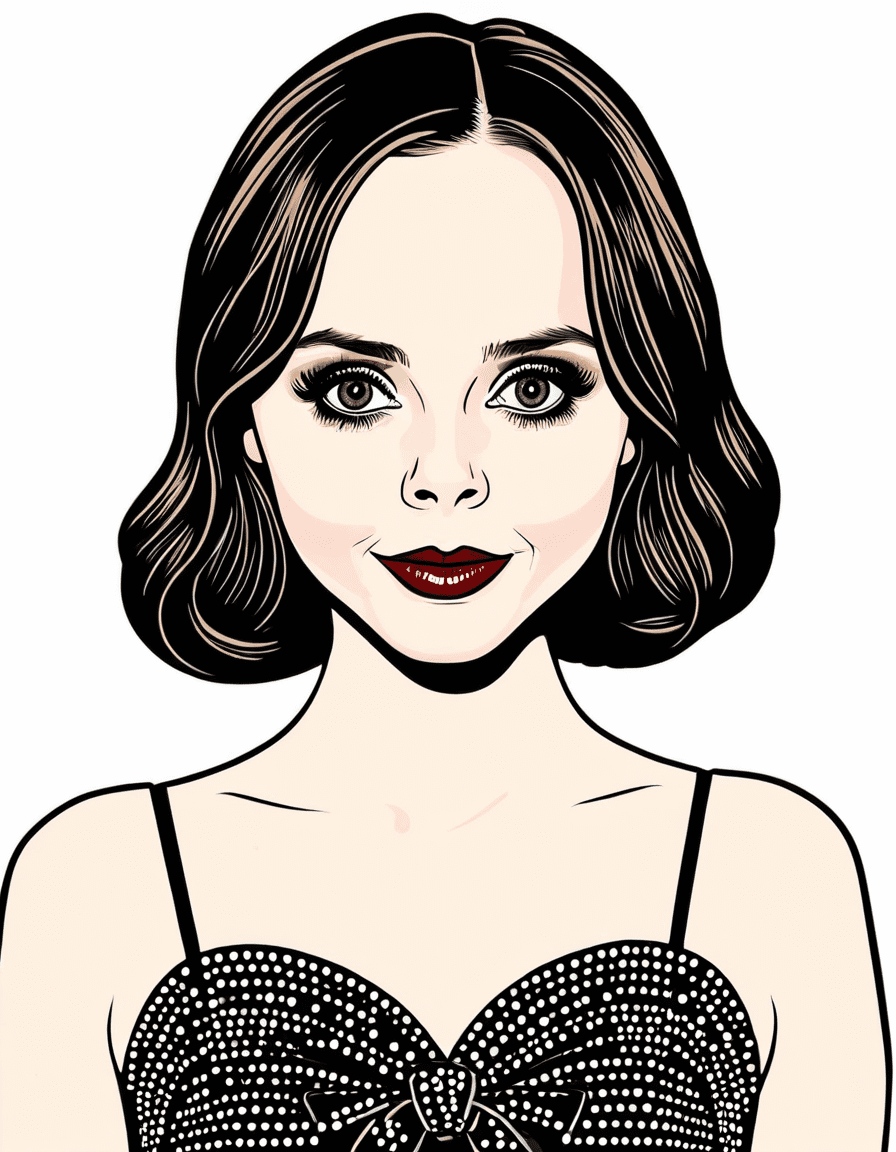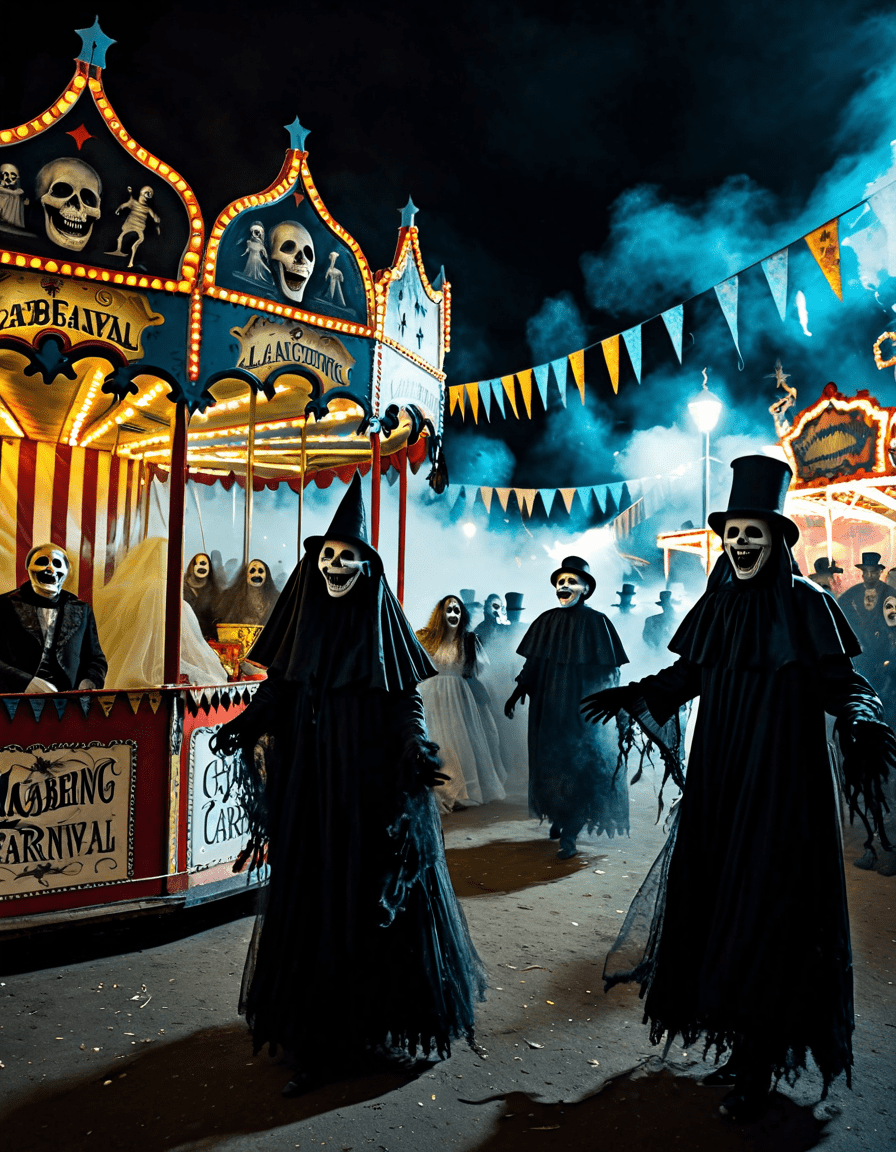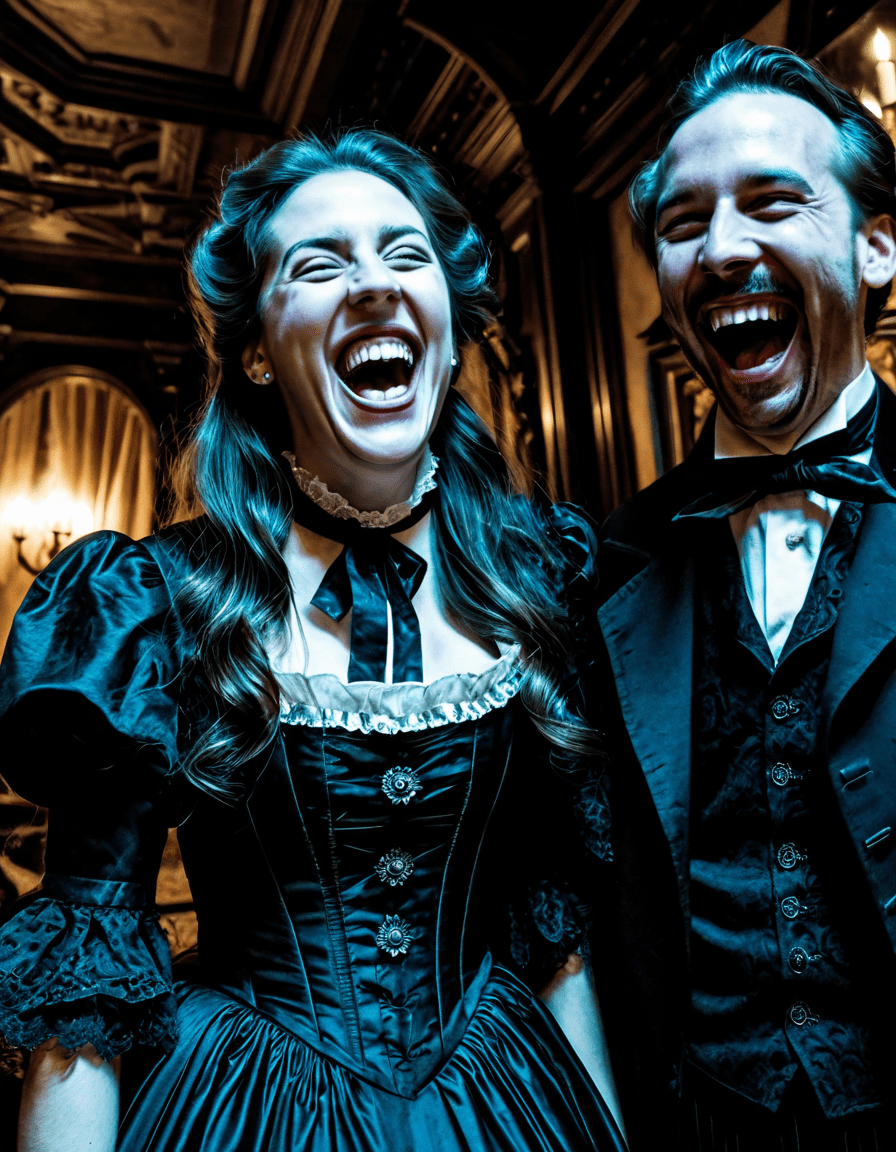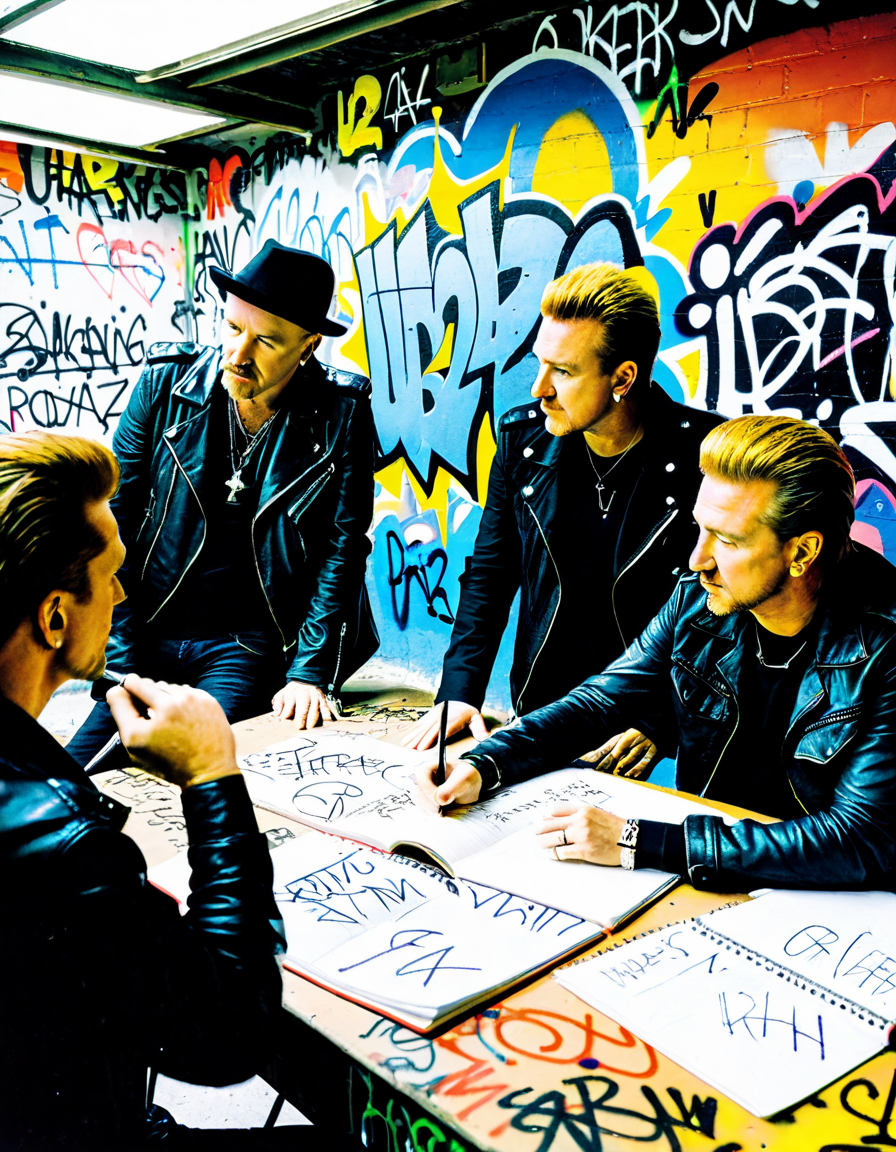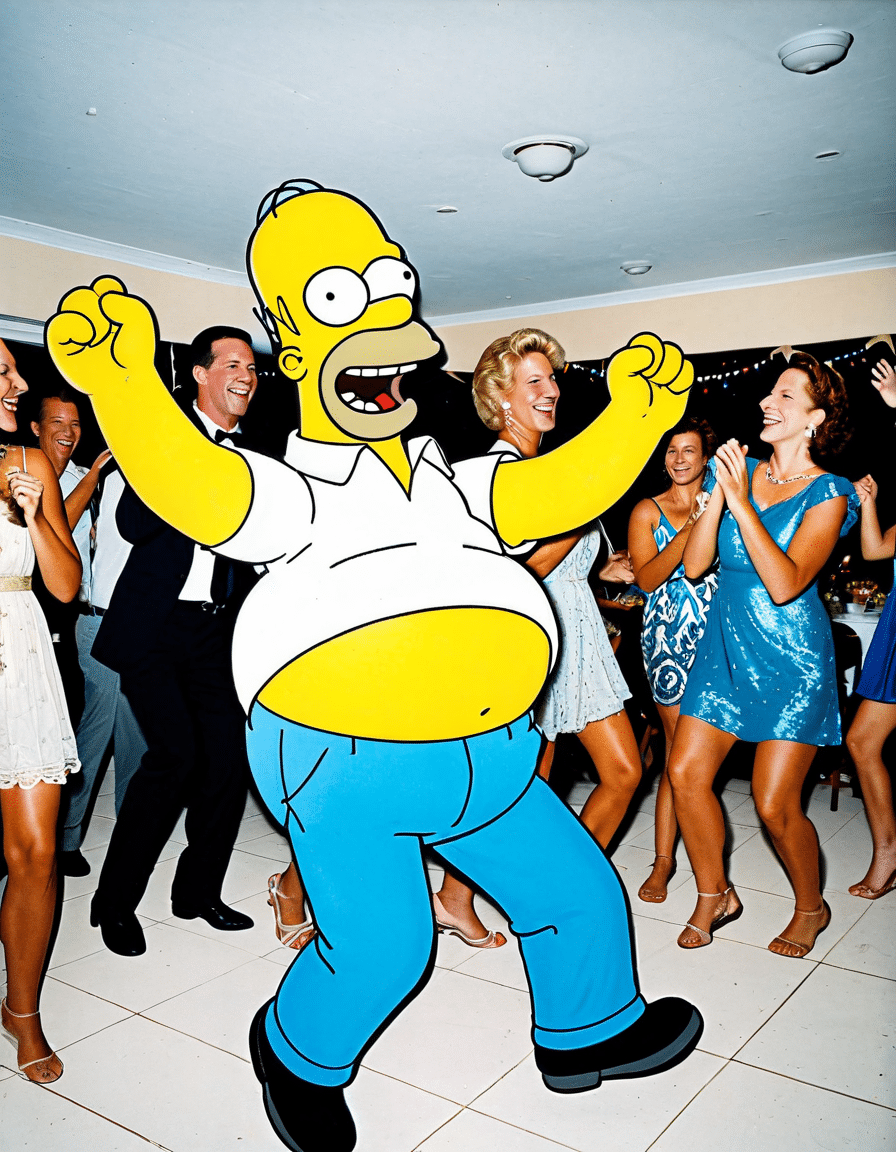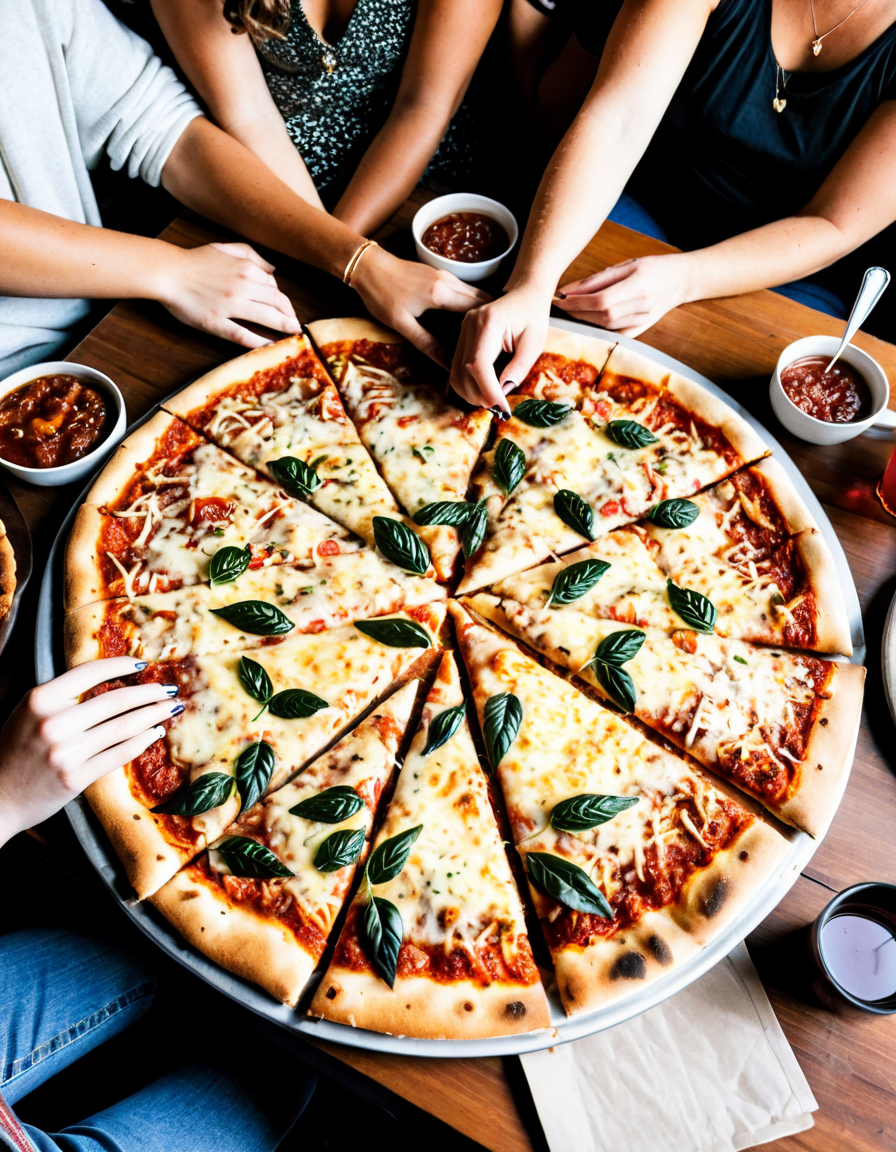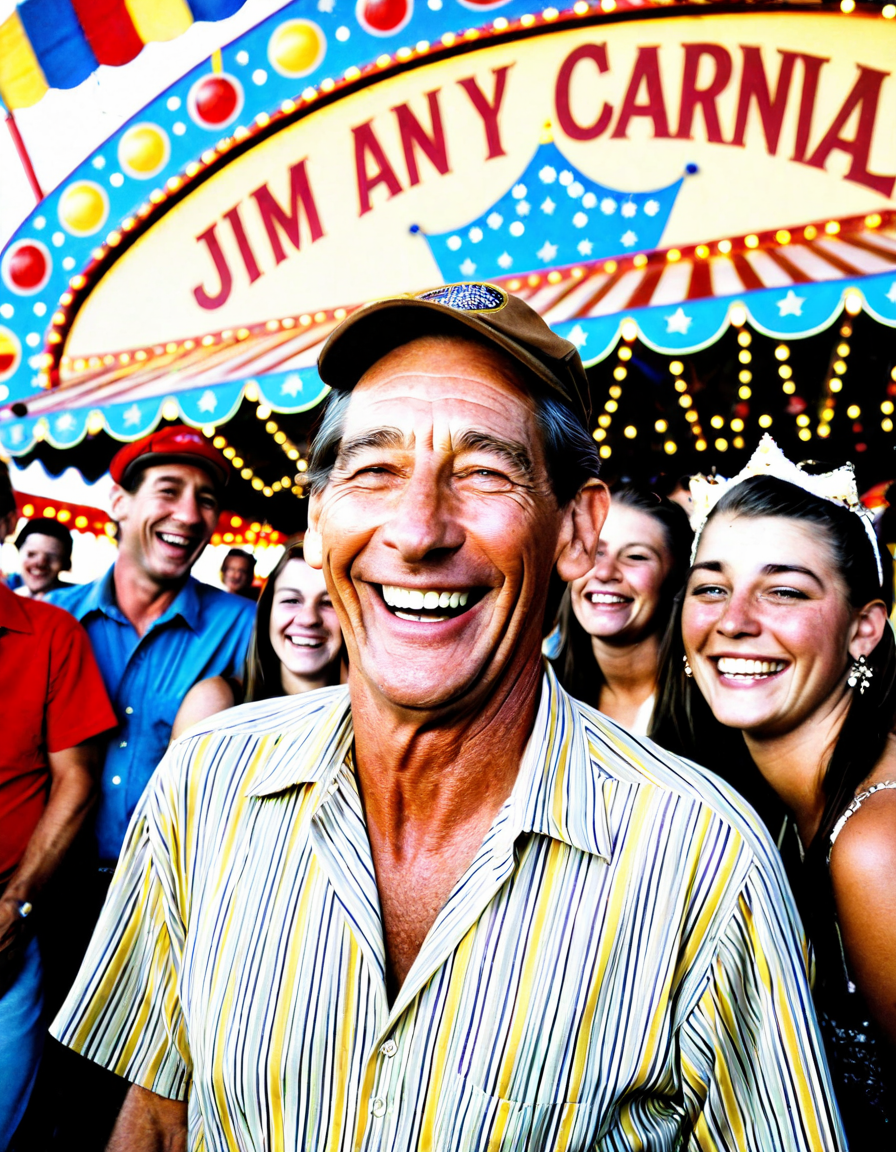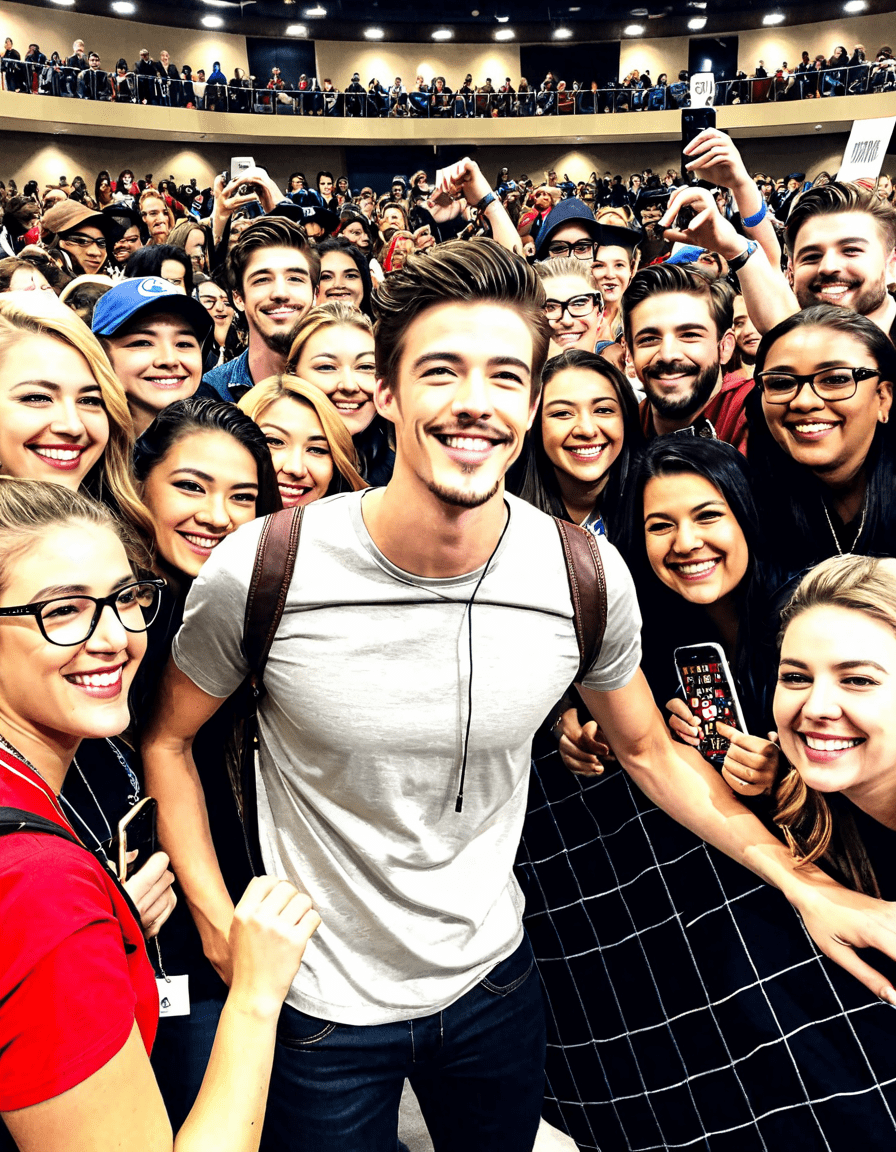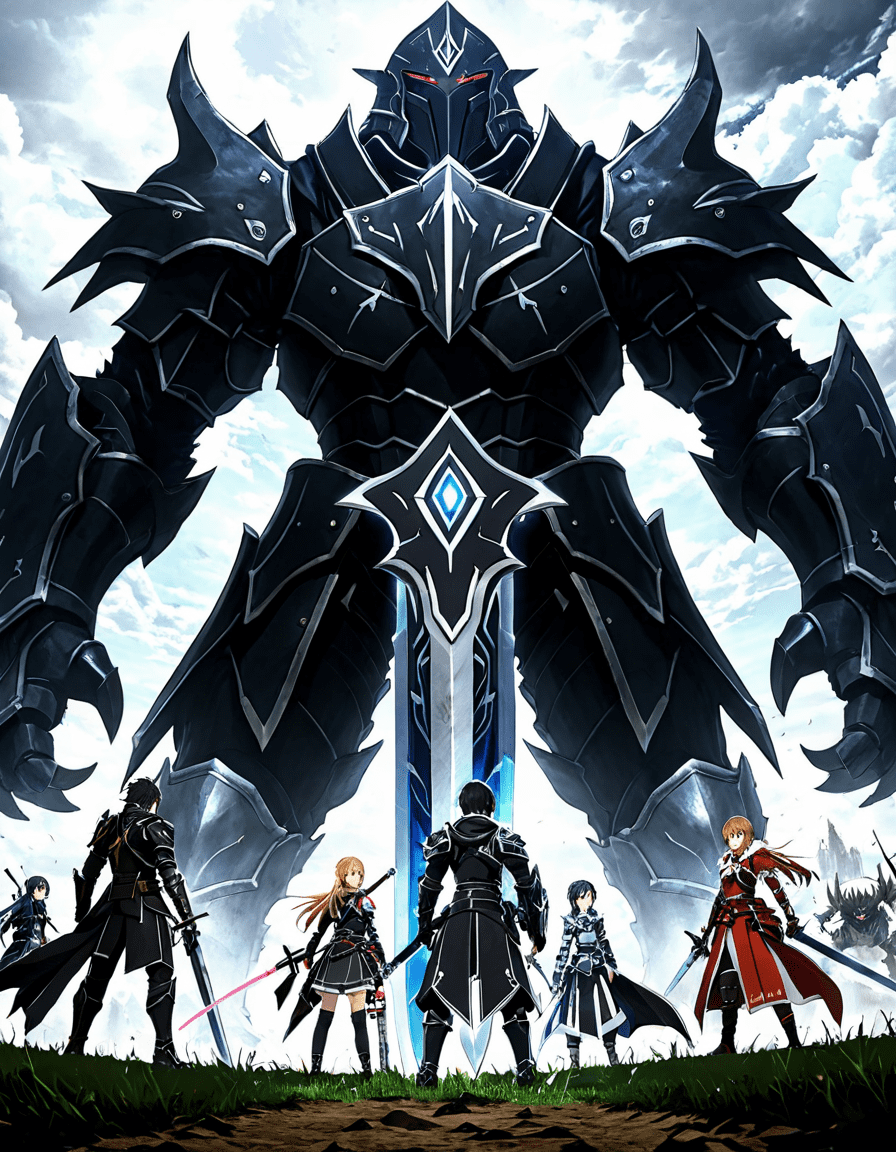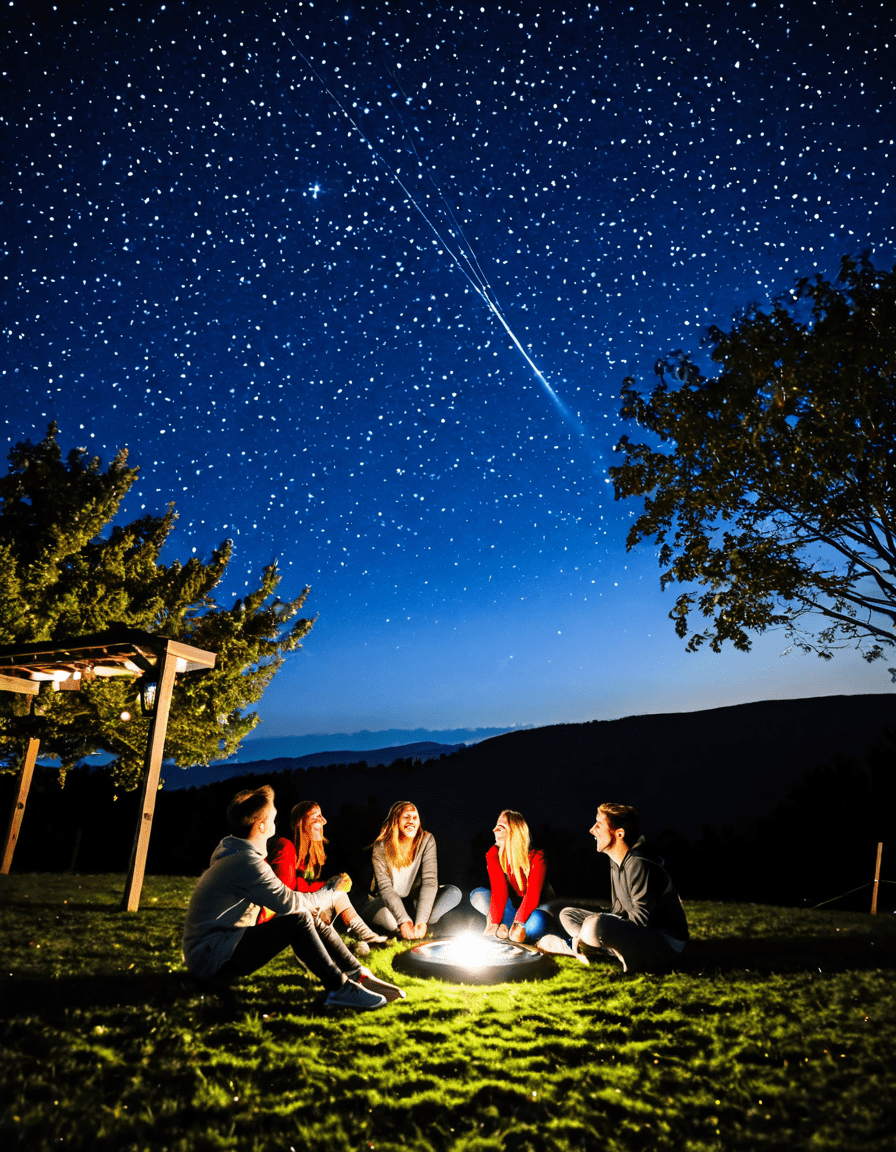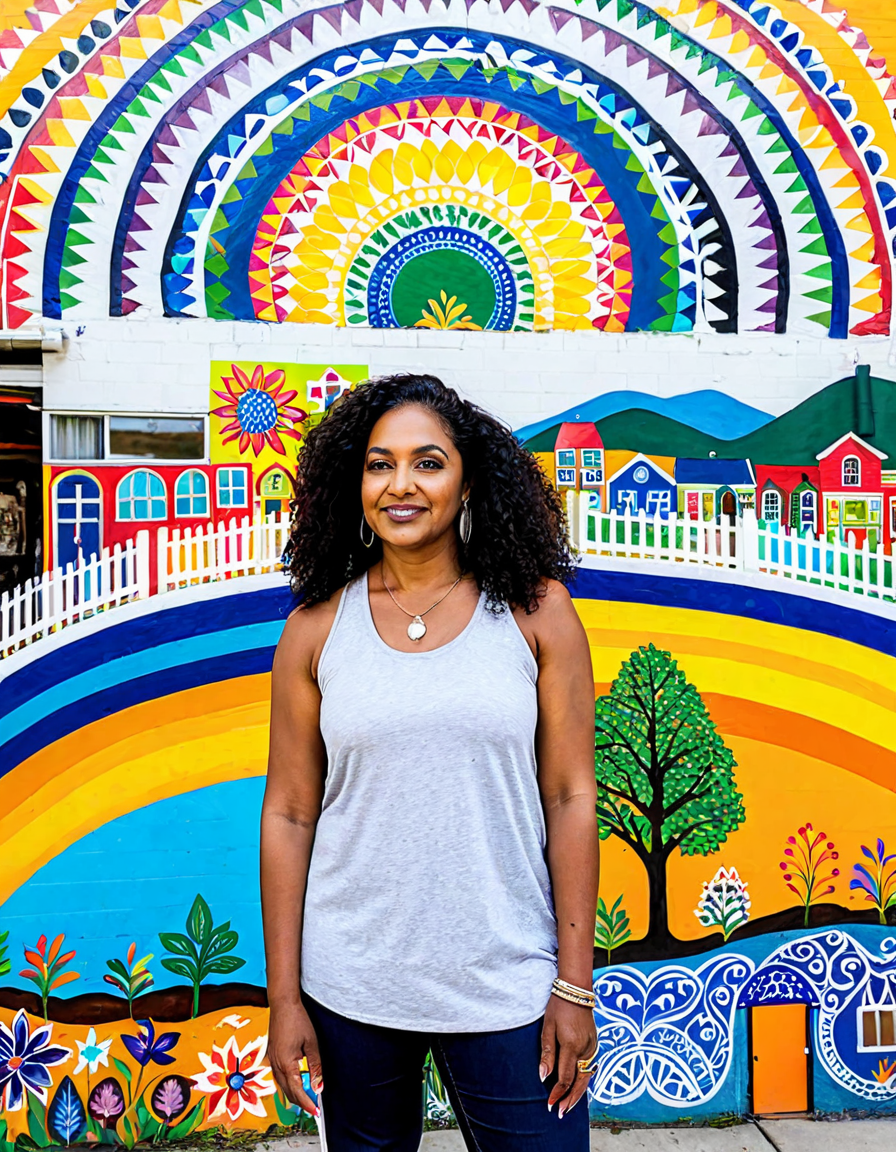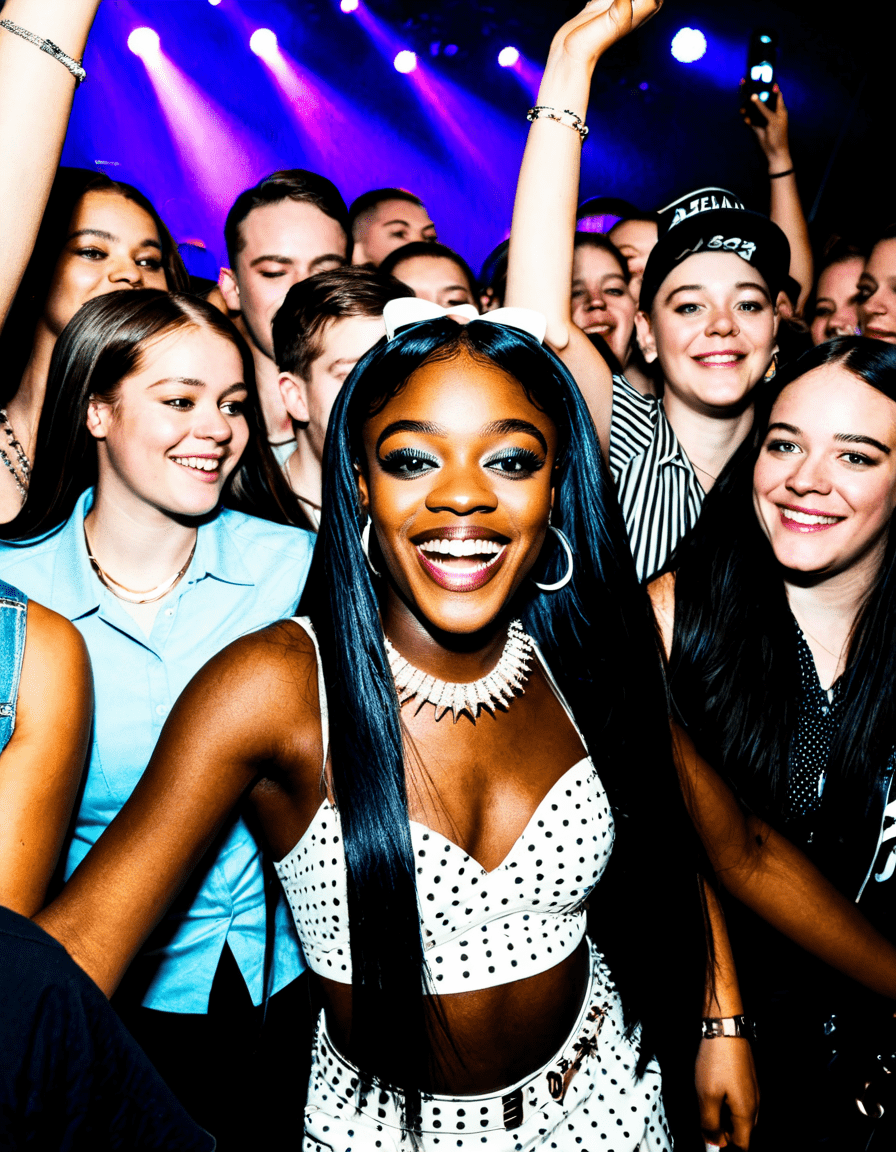When we delve into the macabre, a certain chill settles in. It’s that spine-tingling feeling that creeps up while reading a dark tale or watching a haunted film. The macabre draws us in, making your heart race and your mind whirl. Why do we find solace in fear? Why do we revel in stories of unspeakable horrors and nefarious deeds? Let’s explore the sinister, yet fascinating world of chilling narratives that continue to haunt our imaginations.
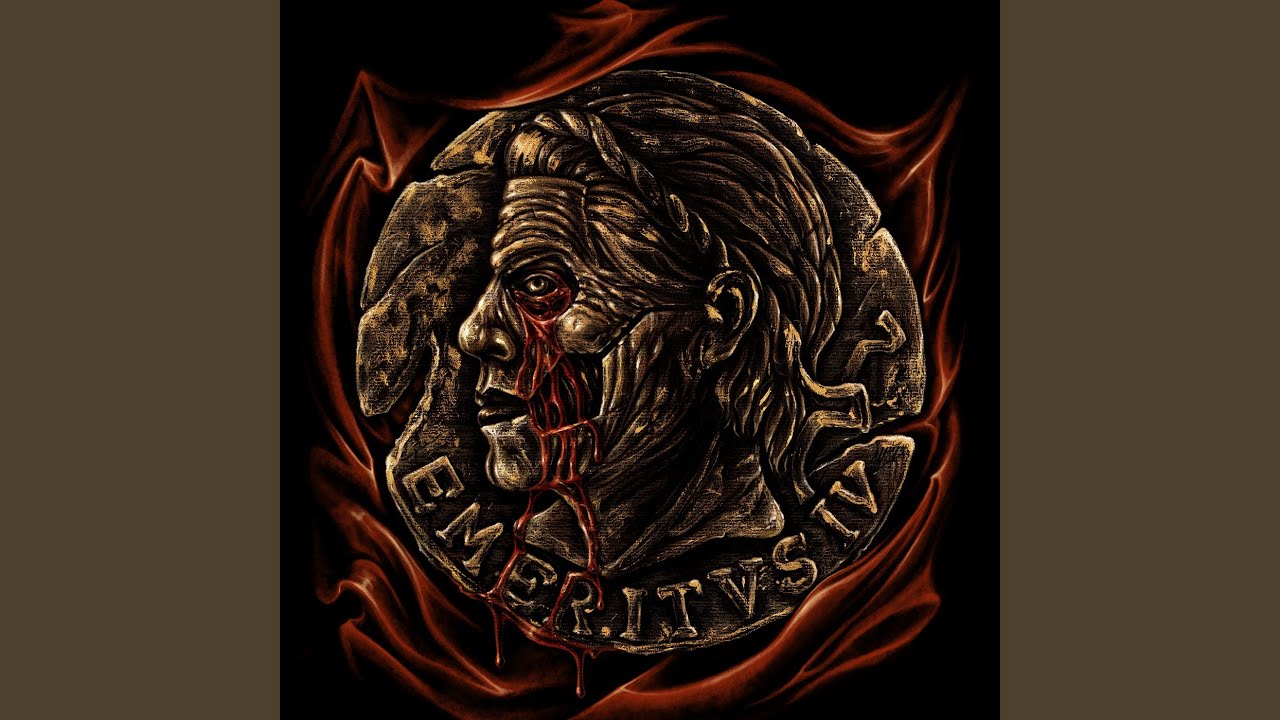
7 Macabre Tales That Bewitch Us: From Folklore to Film
The allure of macabre narratives has long captivated audiences across cultures and time. These tales not only send shivers down our spines, but they also resonate deeply, stirring something within us. Here, we delve into seven chilling stories that bewitch us, revealing layers beyond mere fright.
Picture this: Ichabod Crane, a schoolmaster obsessed with tales of the supernatural, finds himself being pursued by the Headless Horseman. Washington Irving’s chilling narrative brings alive the classic fight between the known and the unknown. It reminds us that fear can twist our realities—Ichabod’s obsession takes a berserk turn, leaving readers (and viewers) wondering what lurks just out of sight.
Ah, the classic tale of Victor Frankenstein! It’s a gothic cheerleader for mankind’s quest for the eternal—you know, that whole “let’s play God” vibe. As he creates a being that embodies unspeakable horror, we can’t help but grapple with those ethical questions: What’s the cost of unchecked scientific ambition? Shelley didn’t just write a scary story; she delivered a timeless commentary on the consequences of our own actions.
Demon possession thrusts itself into the forefront in this iconic film. Follow the heart-wrenching tale of Regan MacNeil as she becomes the unwitting host to pure evil. The film’s chilling portrayal of battle—good versus evil—engulfs viewers in the idea of being bewitched by forces we can’t control. It’s a haunting reminder that our fears can manifest in the most unexpected ways.
Here’s a tale that dives deep into a mind gone haywire. Patrick Bateman, an investment banker with a penchant for consumerism, showcases what happens when pride meets moral decay. Ellis offers a bone-chilling critique of 1980s yuppie culture that reflects how the pursuit of success can lead to insidious chaos. It raises the question: In a world driven by appearances, how far are we willing to go?
Leave it to Poe to serve a masterclass in vengeance cloaked in friendship. Montresor leads Fortunato into the catacombs for a taste of the rare Amontillado, but fate takes a dark twist. This story perfectly showcases how pride can lead to fatal consequences. Poe’s uncanny knack for illustrating the unspeakable reminds us of the depths we might plunge into for revenge.
Here’s a work swirling with psychological terror and atmosphere rather than blood and gore. Hill House itself serves as an omniscient viewer, revealing the innermost secrets of its inhabitants. The disquieting ambiance leads us to consider how physical places harbor memories, stirring feelings of dread and fascination. Jackson’s storytelling doesn’t just haunt—it makes us confront the fears within.
Feast your eyes on this modern masterpiece that explores grief and mental illness. The Babadook symbolizes how unresolved trauma can take hold, turning family life into a nightmare. It’s haunting yet relatable, presenting a contemporary take on themes familiar in horror. After all, we all have our “Babadooks” lurking just beneath the surface.
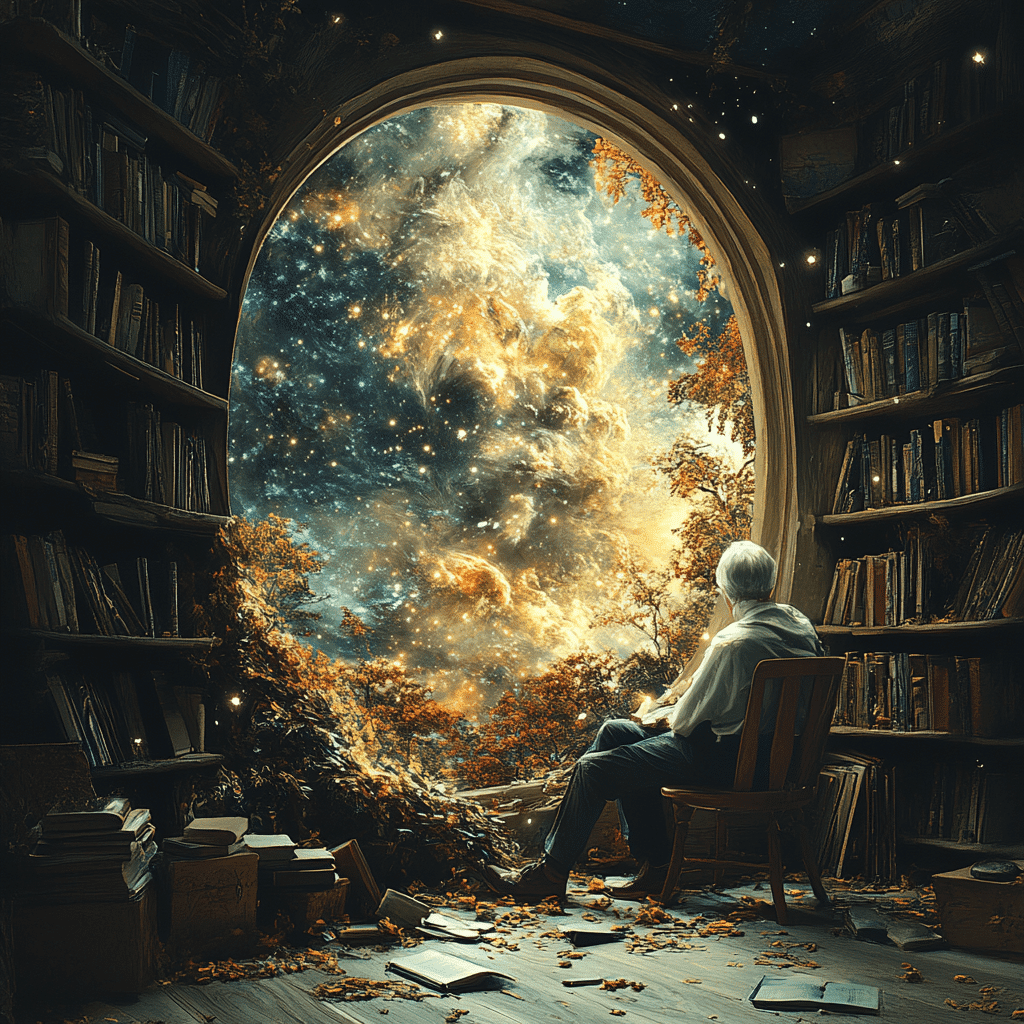
The Nefarious Symbols Behind Macabre Stories
Let’s not kid ourselves; these macabre tales do far more than just frighten. They sprinkle in social commentary and often unveil the very heart of societal issues. Films like Get Out or works like Pride and Prejudice and Zombies cleverly intertwine horror with critiques on race dynamics and gender roles—who knew horror could have layers?
Moreover, these narratives hold a mirror to our own fears. They grant us the chance to confront our innermost anxieties, all while curled up on the couch with popcorn. It’s often like being part of an episode of Impractical Jokers: you get to laugh at your fear without the awkward repercussions. This cathartic experience can feel like a cosmic joke, allowing us to engage with tough truths without needing to face real-world consequences.
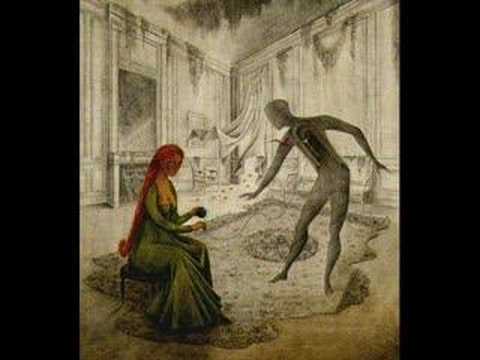
Wrap-Up: The Enduring Power of the Macabre
In closing, the macabre whispers to our human curiosity about death, morality, and the darker corners of our psyche. As long as we wrestle with the essence of existence, these stories—both in literature and film—will continue to captivate. We find solace in the terror they evoke, illuminating the complex tapestry of our collective consciousness. The fascination with the macabre isn’t just for the shock factor; it serves as a profound reminder of the shadows we carry, waiting to be explored.
So, whether you’re looking to unravel the chill of Ichabod’s flight or the existential dread of Frankenstein’s creation, there’s a macabre tale out there for everyone. Let’s keep haunting the pages and frames that echo with chilling tales—after all, they keep us bewitched, intrigued, and ever-curious about the darker side of human nature.
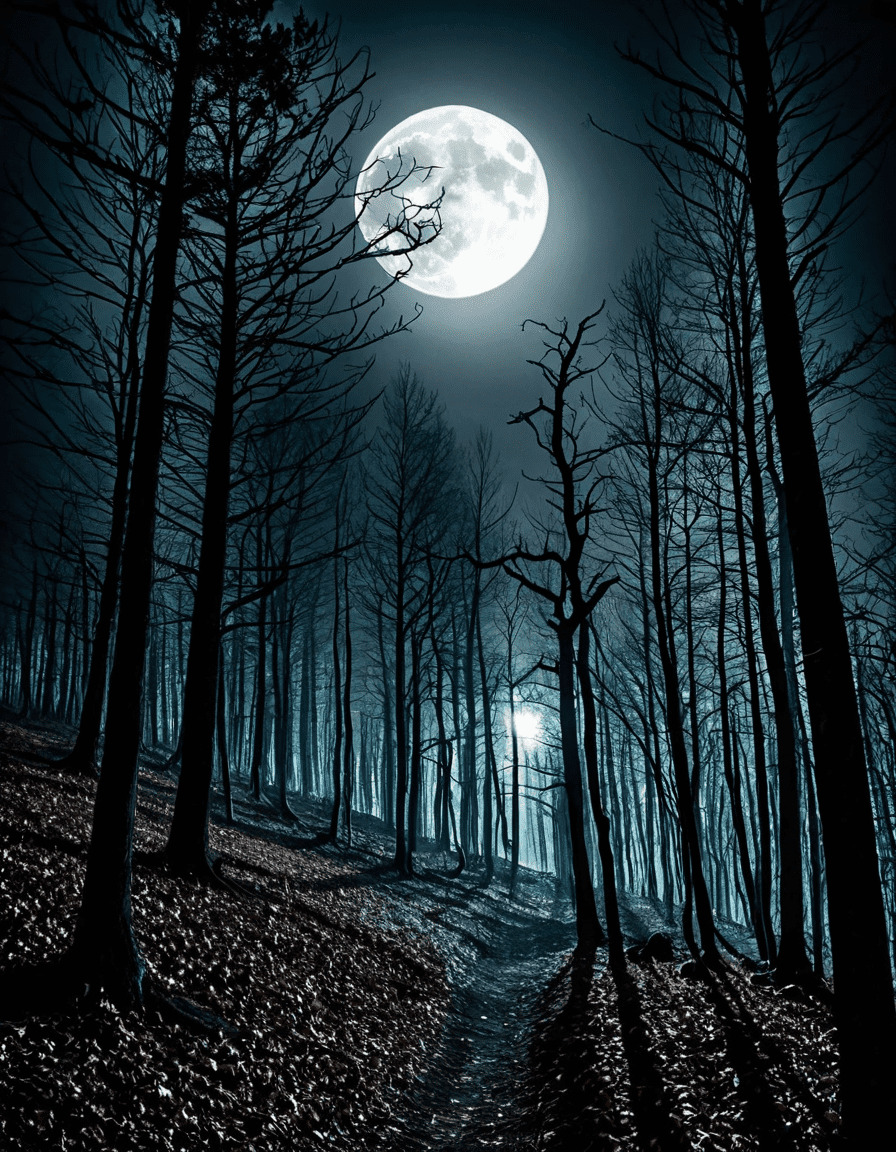
Macabre Tales That Haunt and Fascinate You
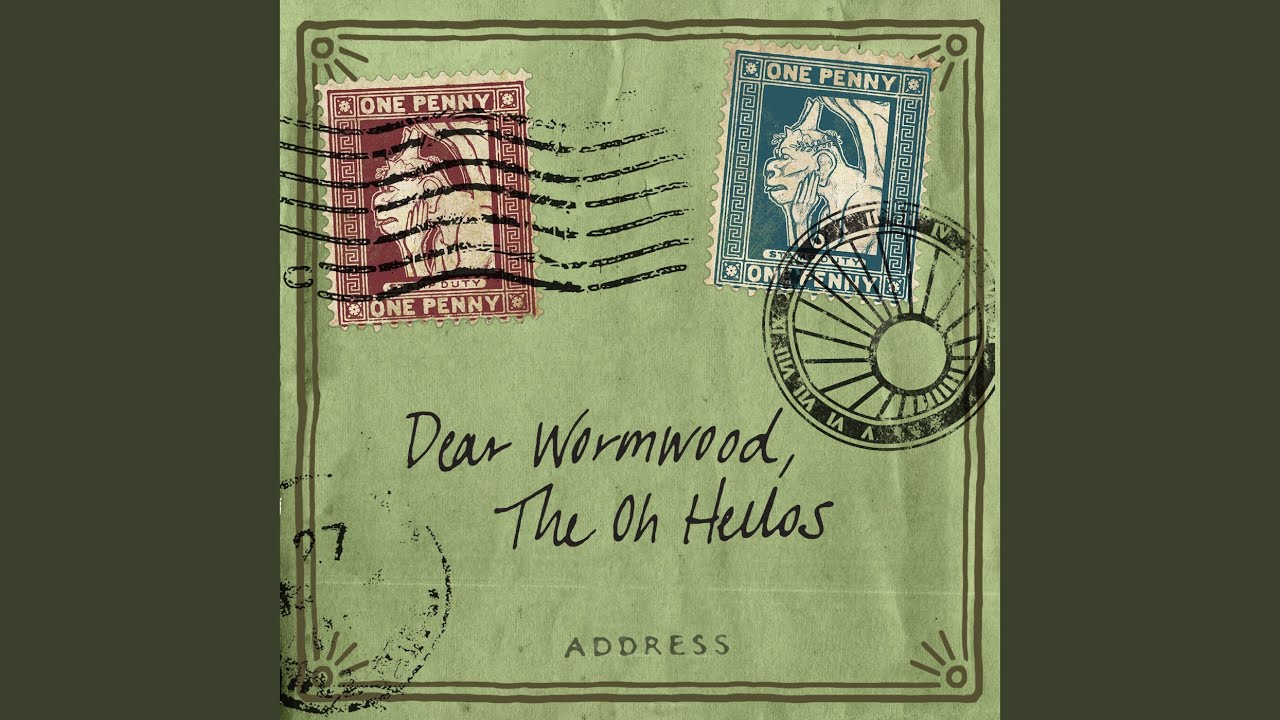
The Allure of the Macabre
The macabre has long captivated audiences, drawing them into a world where fear meets fascination. Think of how many films, like “To Kill a Mockingbird,” tackle themes that reveal the darker sides of humanity. Elements of the macabre can be found everywhere; even in common conversations, we’re often entangled with symbols of fear and death. For instance, did you know that the notion of the haunted sweet home has managed to inspire countless ghost stories? It’s that blend of chill and intrigue that keeps us at the edge of our seats.
Icons of the Macabre
Some personalities in pop culture have embraced the macabre in their art. Debbie Harry, for instance, channels a dark vibe with her music, making fans think about the spookier side of life. Meanwhile, the unsettling narrative in movies like The Little Things reveals how crime can be as haunting as any ghost story. And let’s not forget about Gwen Stacy; her character undergoes transformations that highlight how even the lightest of tales can dip into darker waters, reminding us that heroism and horror often walk hand in hand.
The Broader Impact of Macabre Themes
The impact of macabre storytelling isn’t just for entertainment. Historical events, like the infamous Ohio Supreme court decisions that revolve around hauntings and supernatural elements, emphasize how these tales can serve a purpose beyond mere fright. Whether it’s a chilling film, a gripping novel, or even something as mundane as using panty Liners that were designed with a quirky twist, the macabre hints at a deeper connection to our fears and curiosities. The fascination doesn’t stop there; even the average town, like Southlake Town square, can become the backdrop for surreal legends and eerie urban myths.
In our search for thrills, it’s clear that the macabre becomes a canvas for exploring the mysteries of life and death, keeping us endlessly engaged in the narratives we tell and those we live. It’s this continual dance with darkness that has people shouting, “You won’t believe this!” as they share stories that linger long after the credits roll.
